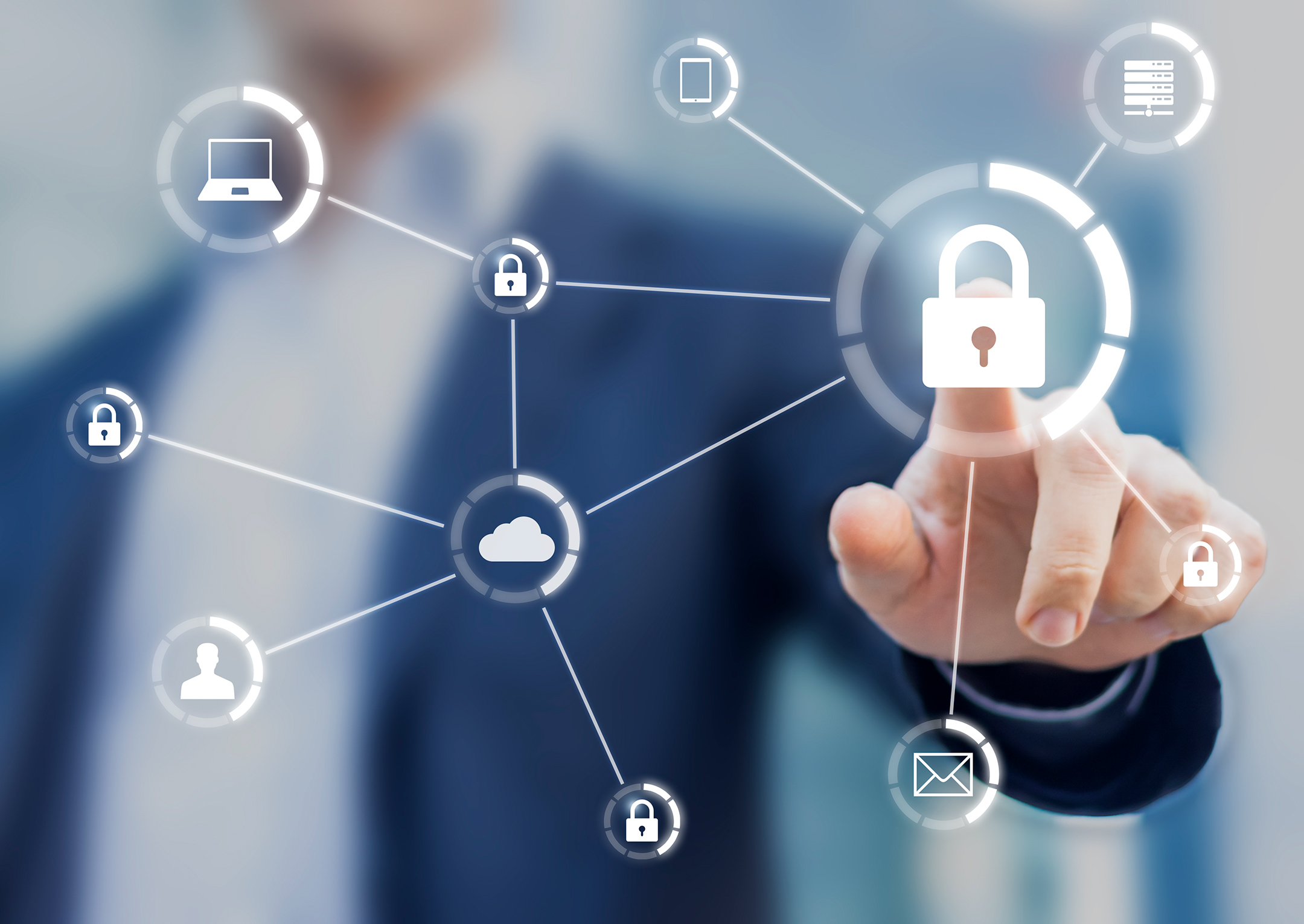Securing the digitalization of industry

With the ongoing digitalization of industry, cybersecurity is a more important topic than ever. Join host Michael Metzler, VP of Horizontal Management Cybersecurity for Digital Industries Siemens AG and guest Axel Lorenz, CEO of Process Automation at Siemens to discuss cybersecurity in the process industry. You can check out that talk and others here or keep reading to learn more.
Digitalization is a key next step for process industries in the form of IT/OT convergence, offering increased production efficiency as well as the ability to more easily test and implement changes in business processes. At the same time, it can help enable better networking between business processes, monitoring systems and control equipment to allow for a more holistic and flexible overall strategy. Together, these benefits of digitalization make it too valuable of a tool to ignore but at the same time, with more smart tools and the increased amount of networking and connectivity that provides, it makes companies more vulnerable to cyberattacks and potentially business disruptions.
Addressing attack vectors
Cyberattacks come in many different forms with no single approach being an effective way to counter them all. Some common threats include everything from simple ransomware and denial of service (DoS) attacks to advanced persistent threats (APTs) and now even AI-driven attacks. Some attacks may even seek to irretrievably wipe out a company’s data, causing massive disruptions and potentially irrevocable damage.
Addressing cyberthreats on an asset-by-asset basis may yield some results but rigorously defending a single asset against all threats still leaves it vulnerable should a less secure, trusted, device become compromised or even if a remote worker or third party becomes compromised. Just as intelligent networking and company-wide connectivity is an asset, so too can it be a liability where cybersecurity is only as strong as the weakest connected link.
For these reasons, cybersecurity within industry should be approached holistically with a multi-layered, dynamic approach. Rather than treating each asset or device within a company network individually they should be treated as a part of a whole and protected in the same way. Potential attack vectors should be covered by multiple layers of security and partners and suppliers must also be held to a high standard of security to ensure the entire supply chain is safe from potential attacks.
Developing a dynamic solution
When it comes to cybersecurity, there is no set it and forget it solution. Unlike in the physical world, where a sturdy wall and a locked door can be enough to keep a place secure for decades, the digital world is constantly evolving and at an incredible pace. Advances in computing power can render security standards once thought unbreachable worthless in just a few short years. Previously undiscovered vulnerabilities can come to light in hardware and software at any time while technological advances can open up new and novel attack vectors.
Taken as a whole, it’s clear that to meet the challenge of rapidly evolving cyberattacks, cybersecurity must also constantly evolve to stay one step ahead of these developing threats. Systems must be updated on a regular basis since new vulnerabilities could be reported daily while IT personnel and users must receive training in best practices and security policies. Additionally, identifying new vulnerabilities as soon as possible and minimizing the time to patch is critical to maintaining overall cybersecurity. Beyond maintaining uptime and company security, one of the NIS 2 Cybersecurity Risk Management (CRM) obligations is the handling and disclosure of vulnerabilities, making a robust cybersecurity solution not just an important part of a company’s digital transformation journey, but a legal requirement.
Bringing the benefits of digital transformation to the process industry will be a crucial next step in meeting the shifting demands of modern manufacturing but, at the same time, ensuring the security of connected assets is a must. As IT/OT convergence connects every level of a company from top floor to shop floor there can be no weak link in cybersecurity nor static solution that isn’t tested, updated and ready to face the latest in cyberthreats. Companies who embrace IT/OT integration and are ready to face the associated cybersecurity challenges will take the next step above their competition while those that don’t will find themselves unable to keep in the fast-paced world of modern manufacturing.
Siemens Digital Industries Software helps organizations of all sizes digitally transform using software, hardware and services from the Siemens Xcelerator business platform. Siemens’ software and the comprehensive digital twin enable companies to optimize their design, engineering and manufacturing processes to turn today’s ideas into the sustainable products of the future. From chips to entire systems, from product to process, across all industries. Siemens Digital Industries Software – Accelerating transformation.


